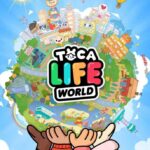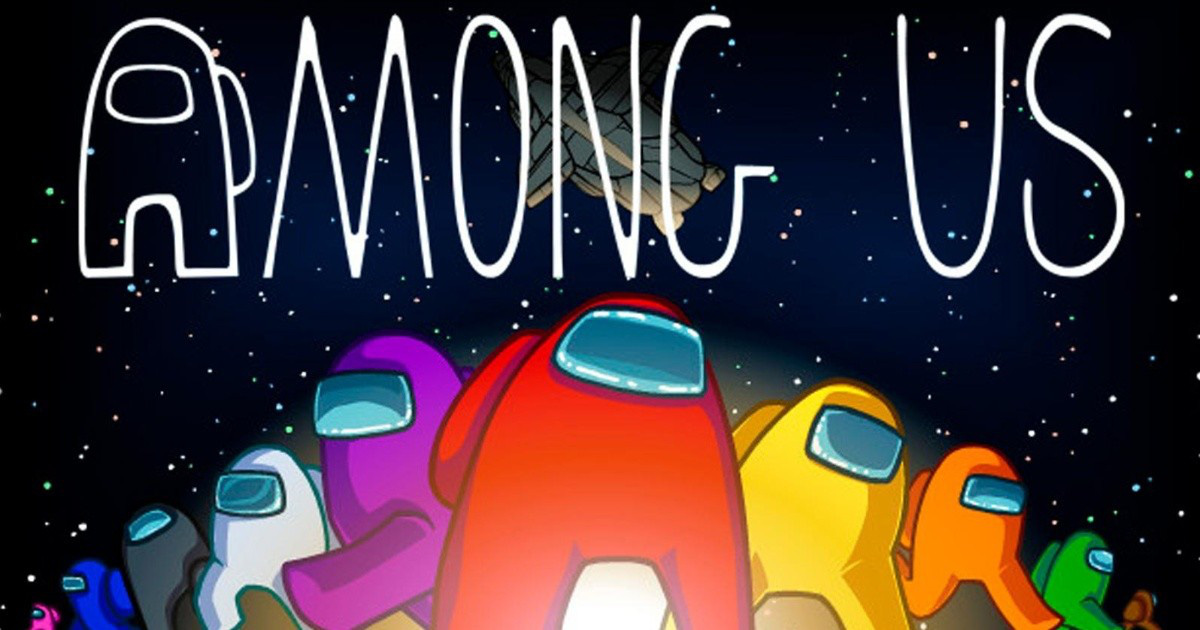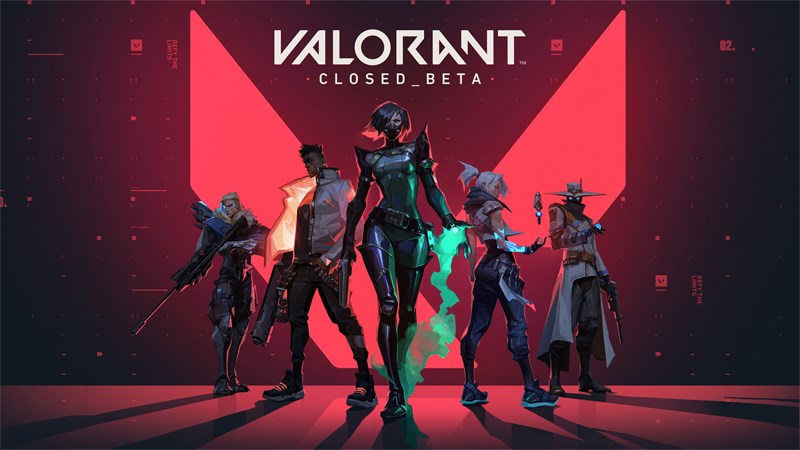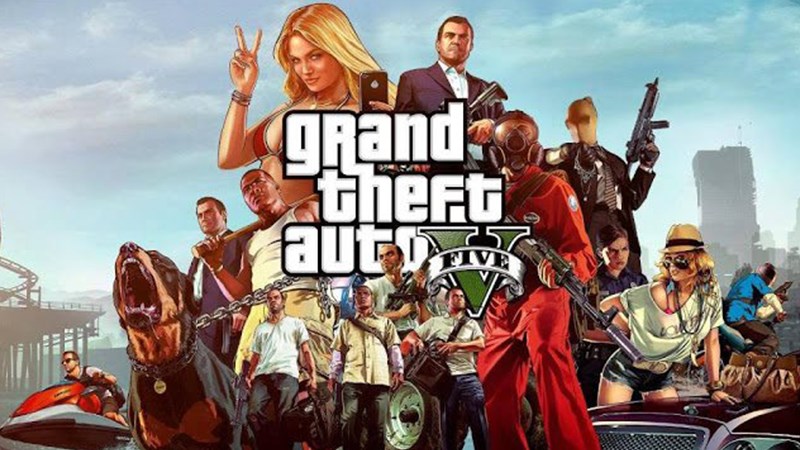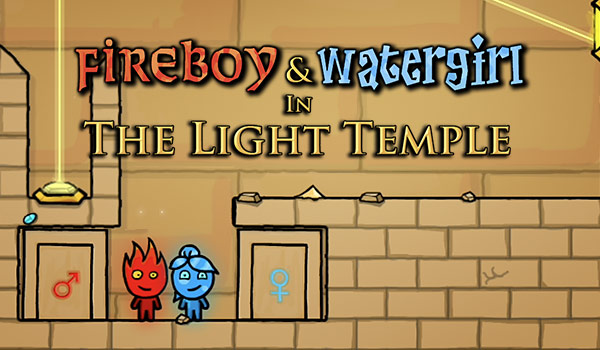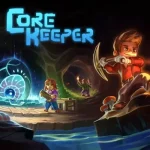Schedule I: A Comprehensive Review of the Drug Empire Simulator
Introduction
In the realm of simulation games, Schedule I has emerged as a standout title, captivating players with its unique blend of humor, strategy, and open-world gameplay. Developed by Tyler's Video Game Studio (TVGS), this indie game offers players the opportunity to build and manage their own drug empire in the fictional city of Hyland Point. Since its early access release on March 24, 2025, Schedule I has garnered significant attention and praise, reaching over 139,000 positive user reviews on Steam .
The Genesis of Schedule I
A Solo Developer's Vision
Schedule I was conceived and developed by a single individual, Tyler1, under the banner of TVGS. Despite the modest scale of its development team, the game has achieved remarkable success, quickly rising to the top of Steam’s sales charts. At its peak, the game surpassed major titles like Grand Theft Auto V and Monster Hunter Wilds, reaching over 414,000 concurrent players .
Inspiration from Popular Media
The game's narrative and themes draw heavy inspiration from popular media, notably the television series Breaking Bad. Players assume the role of a fledgling drug dealer in Hyland Point, working their way up from a modest RV-based operation to a full-fledged criminal empire. This setup offers a compelling mix of strategy, resource management, and narrative-driven gameplay.
Gameplay Mechanics
Drug Production and Distribution
At the core of Schedule I is its drug production system. Players engage in various mini-games to manufacture a range of drugs, each with its own unique production process.The game offers a detailed and engaging crafting system. Once produced, players must distribute their products throughout the city, managing supply chains and dealing with customers.
Law Enforcement and Rival Cartels
As players expand their operations, they must contend with increasing law enforcement presence and rival cartels. The game features a dynamic system where police and competitors react to the player's actions, creating a living, breathing world that responds to the player's choices. This adds an element of tension and strategy, as players must balance growth with discretion.
Real Estate and Business Expansion
Beyond drug production, Schedule I allows players to invest in real estate and businesses. Purchasing properties and hiring employees are crucial for expanding the player's empire. This aspect of the game introduces elements of management and strategy, as players must allocate resources effectively to maximize profits and minimize risks.
Multiplayer Experience
Cooperative Gameplay
Schedule I supports cooperative multiplayer, allowing up to four players to team up and manage their drug empire together. This mode enhances the game's depth, as players can specialize in different aspects of the operation, such as production, distribution, or security. The cooperative gameplay fosters teamwork and coordination, making it a standout feature of the game.
Community Engagement
The developers have actively engaged with the game's community, incorporating player feedback into regular updates. This commitment to community involvement has fostered a loyal player base and contributed to the game's success. Players can participate in discussions, report bugs, and suggest features, making them an integral part of the game's development process.
Visual and Audio Design
Art Style
Schedule I features a distinctive art style that combines cartoonish characters with gritty, urban environments. This juxtaposition creates a unique visual aesthetic that sets the game apart from other titles in the genre. The colorful, exaggerated designs contribute to the game's humorous tone, while the detailed environments immerse players in the game's world.
Sound Design
The game's sound design complements its visual style, featuring a dynamic soundtrack and realistic sound effects. From the hum of machinery in the drug labs to the bustling sounds of the city, the audio enhances the player's immersion. The voice acting, though limited, adds personality to the characters and contributes to the game's narrative.
Reception and Criticisms
Critical Acclaim
Schedule I has received widespread acclaim for its engaging gameplay, humor, and depth. Critics have praised the game's mini-game driven mechanics, emergent narratives, and developer engagement with its community. Regular updates and direct communication with players have been highlighted as strengths .
Controversy and Legal Scrutiny
Despite its success, Schedule I has faced scrutiny due to alleged similarities with Drug Dealer Simulator, published by Movie Games SA. The publisher has initiated an investigation into potential intellectual property infringement, citing parallels in gameplay loops and UI design. However, no formal legal action has been taken, and the situation has sparked backlash among players, leading to an influx of negative reviews for Drug Dealer Simulator .
Future Prospects
Planned Updates
The developers have outlined plans for significant updates over the next two years. These updates include the expansion of the game world, the introduction of additional drugs and production processes, and the addition of more properties and businesses to purchase. Players can also expect new customer and supplier networks, as well as more activities to spend their earnings on .
Community Involvement
The developers continue to involve the community in the game's development process. Through community forums and a Discord server, players can provide feedback on updates and participate in polls to influence the direction of future content. This collaborative approach ensures that the game evolves in a way that meets the expectations of its player base.
Conclusion
Schedule I offers a unique and engaging experience for players interested in simulation games.








